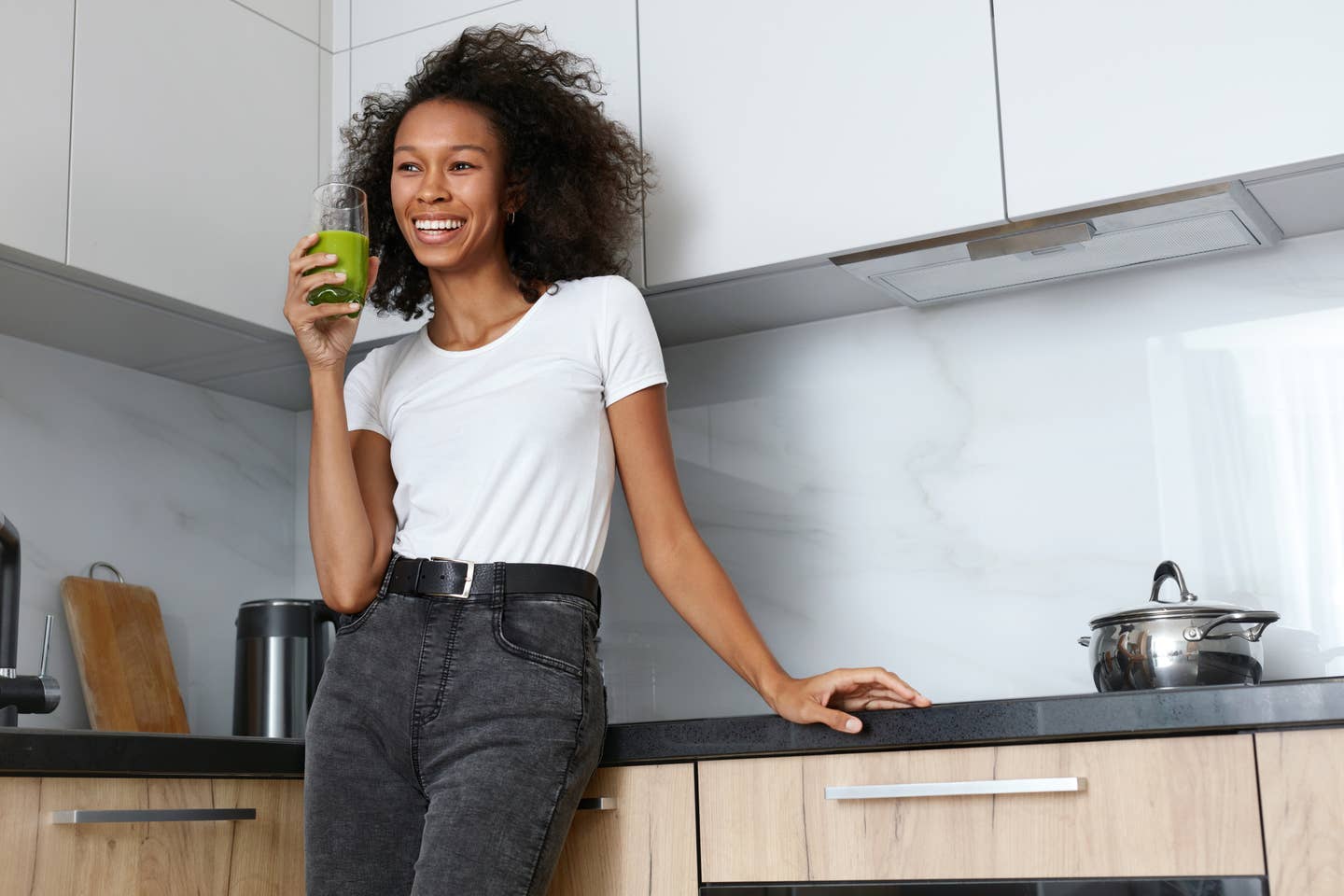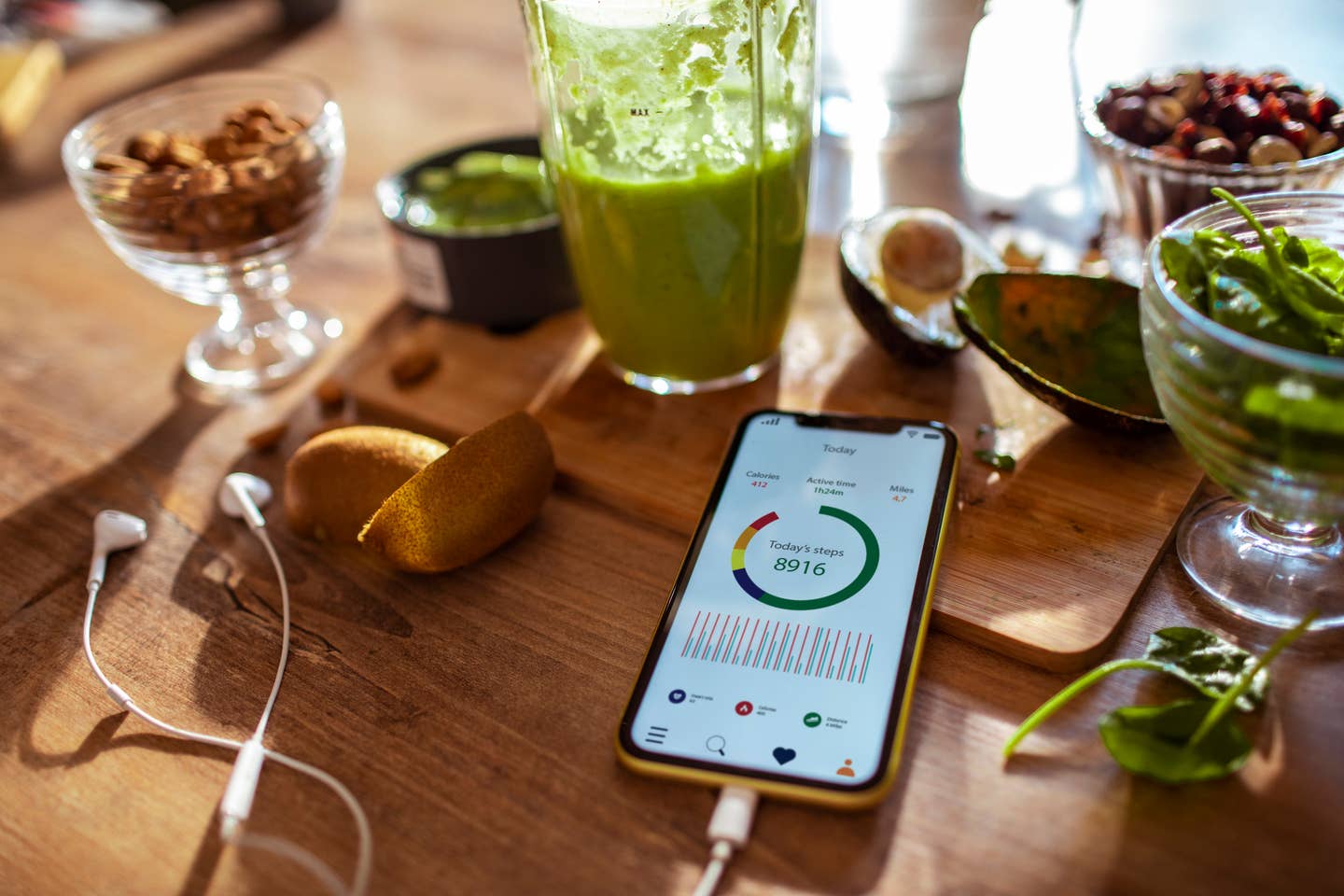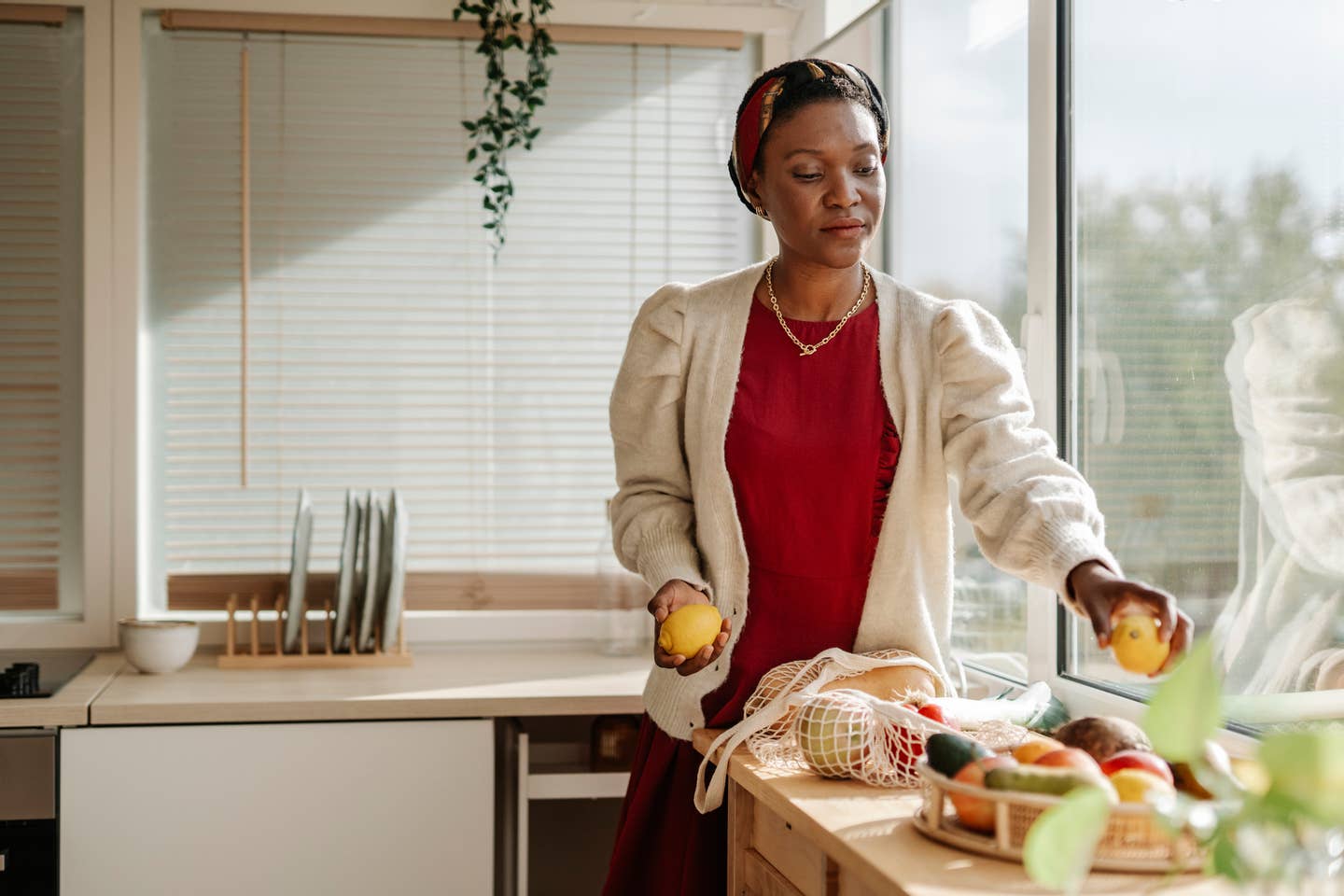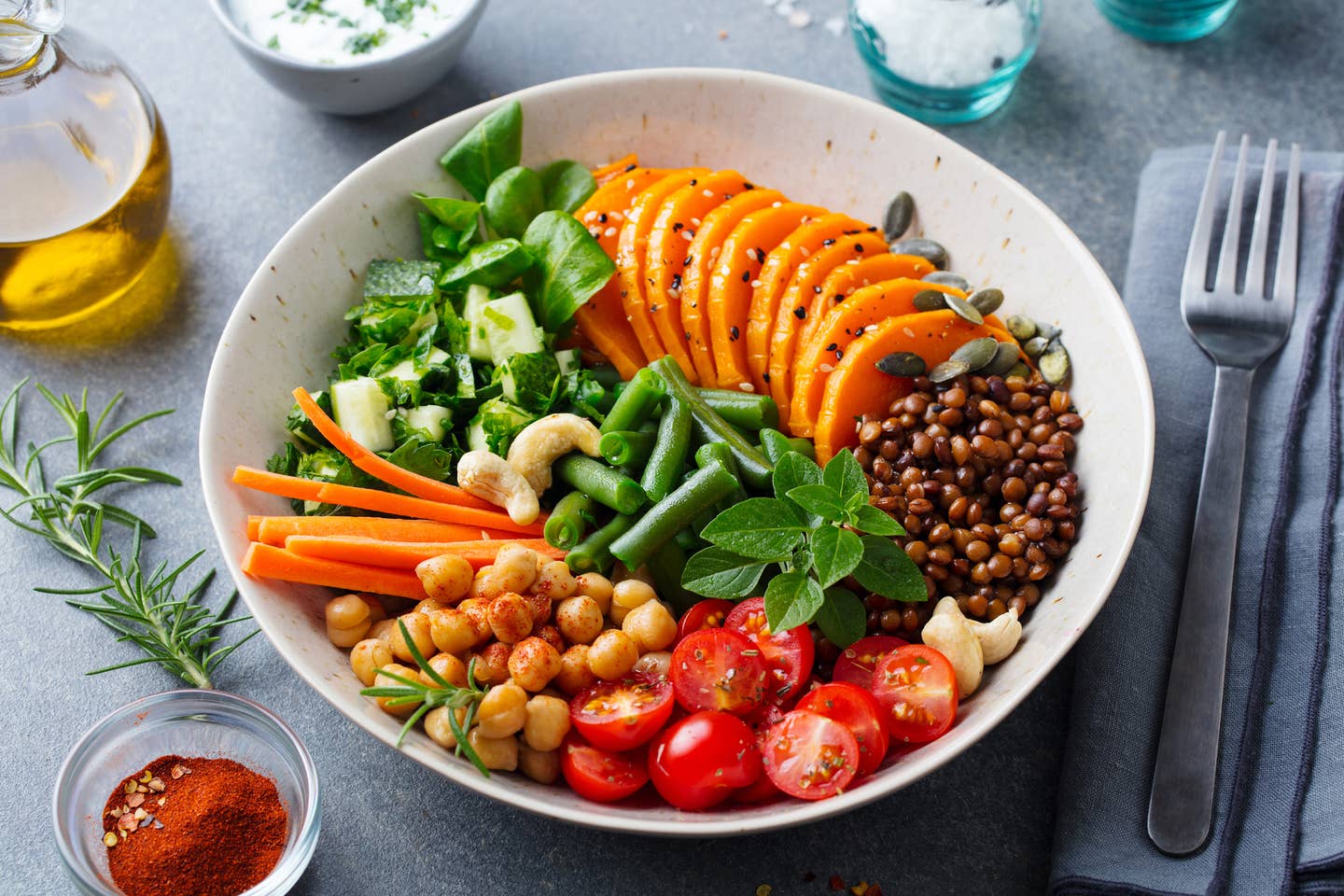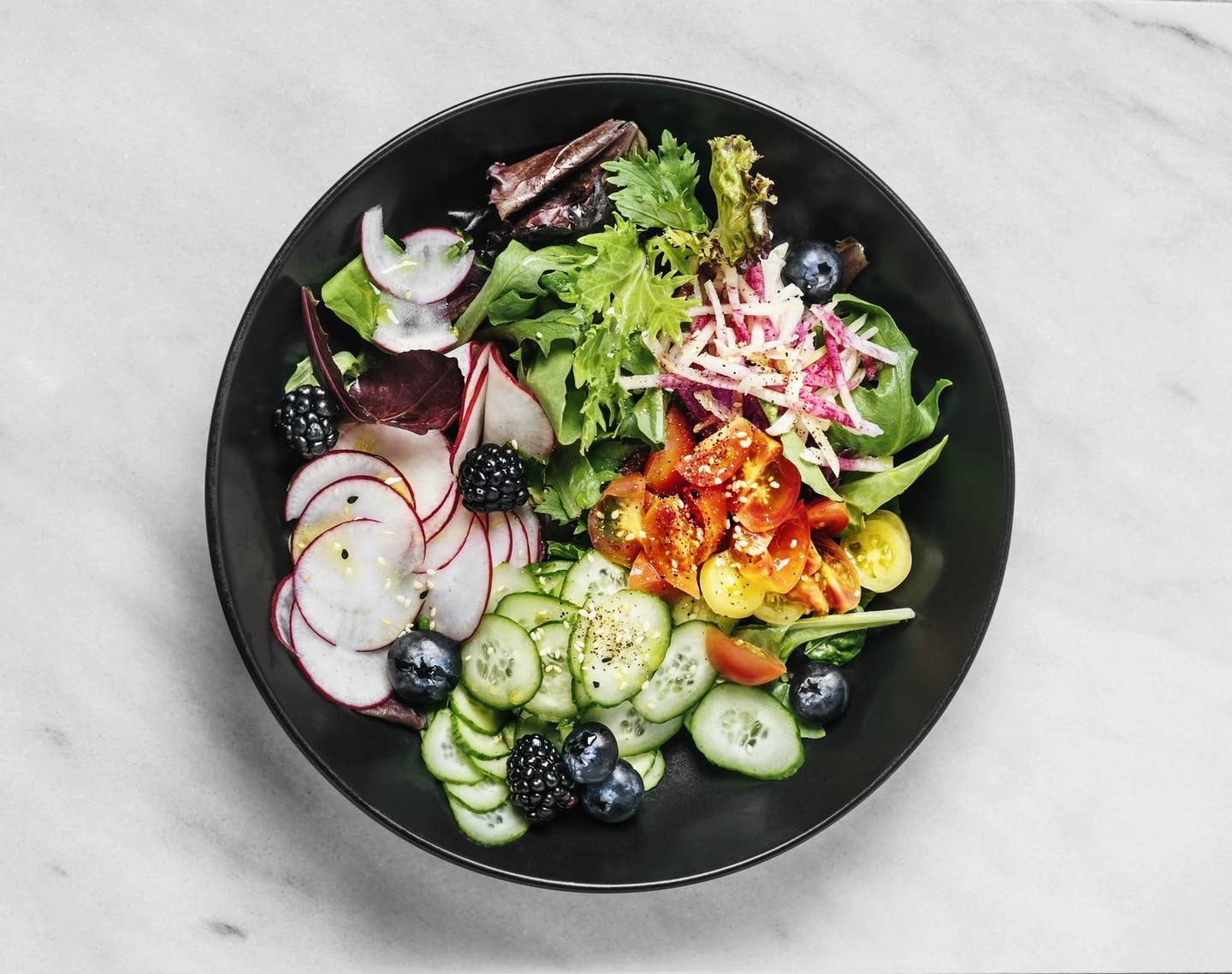
I Tried the Whole30 Diet Program as a Vegan, and Here’s What Happened
I’m rounding the half-way mark of my one month doing the Whole30 diet program as a vegan. After sharing my motivations for starting, I’m diving into more of what I’ve been eating. But first, let's review what a vegan can eat on the Whole30 program.
You’re not permitted to eat grains or pseudo-cereals, including corn and quinoa. Also off-limits: Anything with added sugar, so that means no alcohol and no sauces or condiments. (For a complete guide of what's off-limits, visit Whole30's website.) Making your own baked goods with Whole30-approved ingredients is also off the table. The idea is to break all your unhealthy food habits for thirty days to set up positive, sustainable habits for the longterm.
Here's a more complete list of foods you can't eat from Whole30's program rules:
- Added sugar, natural or artificial
- Alcohol :(
- Most legumes (Includes: black, red, pinto, navy, garbanzo/chickpeas, white, kidney, lima, fava, cannellini, lentils, adzuki, mung, cranberry, black-eyes peas, peanuts, and soy)
- Grains
- Dairy
- Sulfites, carrageenan or MSG
- Baked goods, junk food or treats
What you are allowed: Whole foods like fruits, vegetables, some legumes, nuts, seeds, herbs, spices, seasonings, foods with recognizable ingredients or that are simple foods that don't need a list. The Whole30 website says:
“Eat meat, seafood, and eggs; vegetables and fruit; natural fats; and herbs, spices, and seasonings. Eat foods with a simple or recognizable list of ingredients, or no ingredients at all because they’re whole and unprocessed.” Of course, for vegans or plant-based eaters, the meat, seafood, and eggs are off the table. Well the first things on that list are not on my list!
Adapting the Whole30 Program as a Vegan
Whole30 doesn’t recommend eating copious amounts of fruits or nuts—only about a handful of each is allowed daily. However, I’m not too concerned about my natural sugar intake and I have continued to eat these generally healthy items at breakfast. I’ve also turned to nuts or fruit when I need a snack. Snacking isn’t technically Whole30 approved, but I’m doing a vegan adaption. The program shuns smoothies, but sometimes I can���t resist a shake with Whole30 approved ingredients.
I’ve reclaimed my love for salads loaded with lots of healthy plant-based toppings. I’ve been eating a hearty portion of leafy greens to make sure I’m getting sufficient protein as I usually rely on beans for protein. I’ve managed to eat at restaurants by having salads or grilled veggies. Resisting the bread basket and wine menu was challenging!
My Go-to Vegan Whole30 Recipes
These last few weeks I’ve tested out delicious recipes. I loved Healthier Step’s Curry Cabbage. Fortunately, many vegan curries are Whole30 compliant, as long as you switch out legumes for other veggies.
I’ve gotten creative and have used pumpkin zoodles as a pasta replacement and even made ramen for the first time with all Whole30 approved ingredients. Every Last Bite and Big Man’s World blog posts each feature 30 vegan Whole30 recipes that are tasty and easy to make.
I went on a weekend hiking trip and following a vegan Whole 30 regime was challenging, since I live in a very meat-centric country, Uruguay. To prepare for it, I made a beet dip, a salad, and protein bars. Otherwise, I ate mostly fruit. I had the Impossible Burger from Burger King without the bread, as there was no other option at the only food court open in the tiny town. Beyond Meat technically isn’t Whole30 since it uses trace amounts of maltodextrin which is a sugar substitute and can spike blood sugar more than even table sugar can.
Stay tuned for the final installment of my vegan Whole30 diary for The Beet, to see how I feel after a month without eating any wheat and grains, added sugar, and most types of legumes.
More From The Beet


